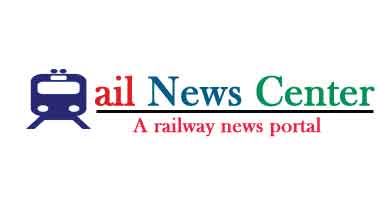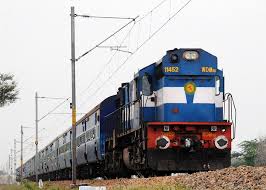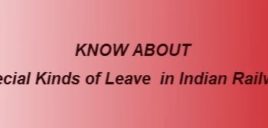What’s the ‘tractive effort’ of a locomotive?
June 20, 2019
What’s the ‘tractive effort’ of a locomotive? The ‘tractive effort’ is a measure of how large a load the loco can pull and set in motion from a standstill — the maximum force it can exert at the drawbar or coupling. While the raw horsepower rating of the loco is important, it is not the whole story. The loco's weight also comes into
Read More
Which were the earliest electric locomotives in India?
June 20, 2019
Which were the earliest electric locomotives in India? Two MG electric locos using overhead electrification were supplied to the Mysore Gold Fields in 1910 by Bagnalls of Stafford. Electrical equipment for these was supplied by Siemens. Electrically operated rail trolleys (patented by T A White, an EIR engineer, and hence known as White's
Read More
Other than diesels, were there other internal-combustion locos used in India?
June 20, 2019
Other than diesels, were there other internal-combustion locos used in India? For contemporary applications, see the section on alternative fuels. In 1905 Kerr Stuart delivered a 12hp 0-4-0 petrol-driven 2'6" loco to Morvi Railway and Tramways. In 1909, a railcar with a Dodge petrol engine was supplied to the Matheran Light Rly. In 1909, a
Read More











